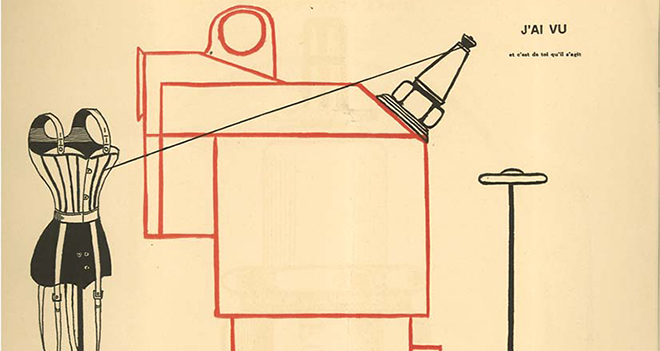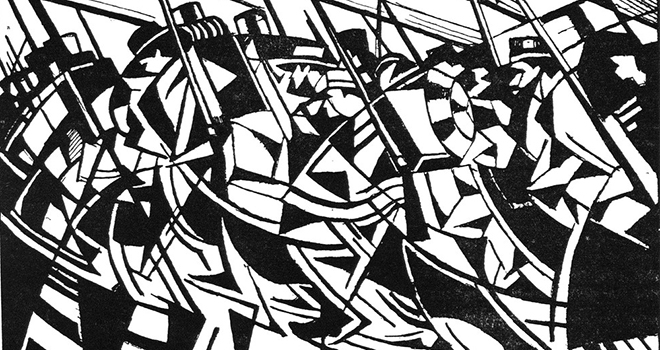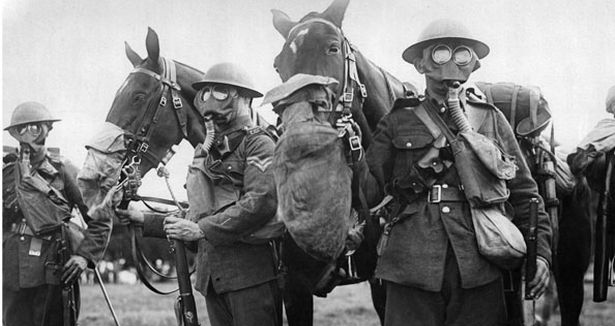Response to "The Wasteland"
Submitted by Christopher Hol... on Mon, 03/11/2013 - 18:30In "The Wasteland," T.S. Eliot uses a very complex system of quotation in order to make a statement about western society during World War One. If a single quotation from a character goes multiple lines, he opens the quotation every line, but does not close it until the last line of the quotation. In this way, I feel that T.S. Eliot means to make the individual statements fall into a sort of "white noise" status. I say this because, when reading the poem, every time that I see that open parenthesis I find myself wondering things like, "Is this line a continuation of the last, or an entirely different statement from a different person?" because of this, the individual lines, instead of reading to me as one individual thought, read as a sort of jumble of noises coming out at once.
The World War One connection came to me at the concluding lines of the first part, which read, "Stetson!/"You who were with me in the ships at Mylae!/That corpse you planted last year in your garden/"Has it begun to sprout? Will it bloom this year?" Here, the mention of the ships of Mylae, automatically made me think of WWI, the most recent war to the time of this poem's publishing. Here, the "white noise" text reads as that not of one WWI vet, but of the zeitgeist of the society, and the questions of whether or not the corpse have begun to sprout mean to ask whether or not the soldiers' actions in that war will ever bring any benefits to them.




